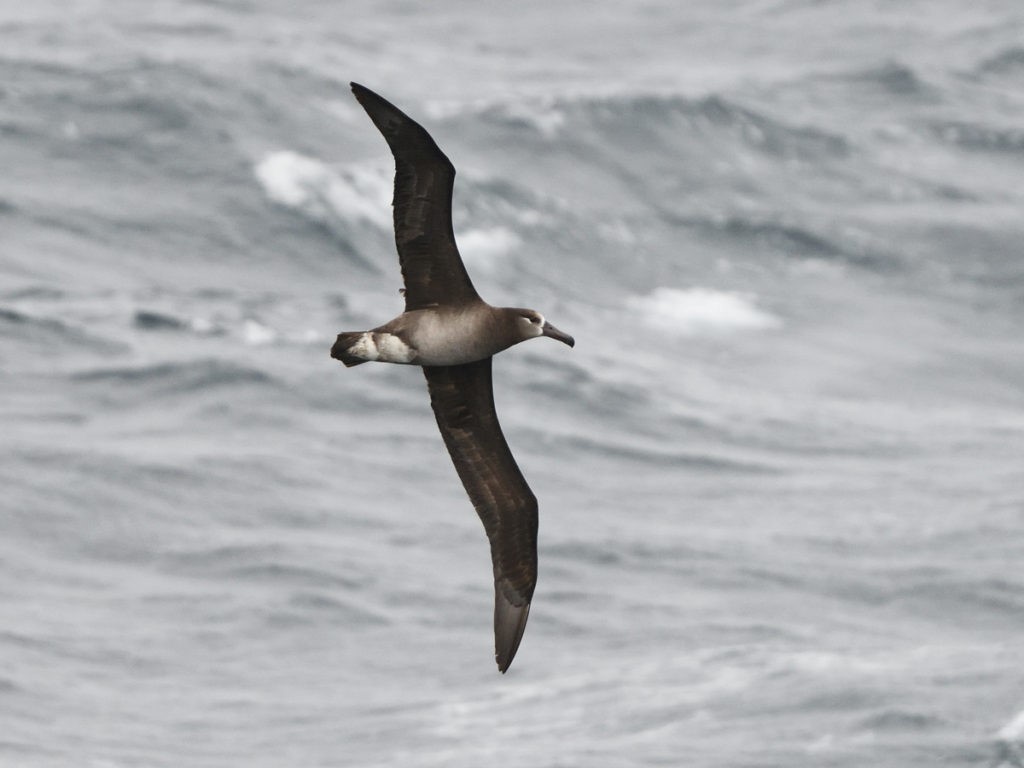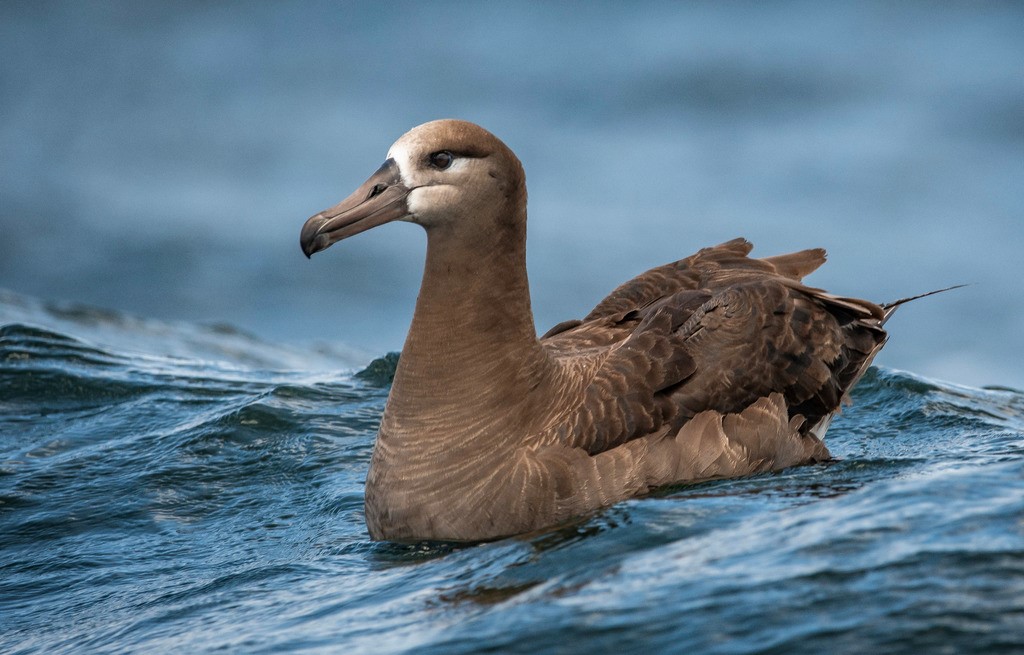Birdfinding.info ⇒ The common albatross of the eastern North Pacific, often seen in numbers on pelagic trips out of ports spanning from Alaska to Baja California—at any time of year, but most numerous from March to October. Generally most numerous off of southern California in March and April, then shifts northward, with greater numbers present off of Alaska, British Columbia, Washington, and Oregon from August to October. It can also be found in Japanese waters east of Honshu and Hokkaido, and south to the Ogasawara Islands. In Hawaii large numbers breed in parts of the Northwest Chain. A few are sometimes seen among the main islands: on pelagic trips, especially in Kaulakahi Channel, and as visitors to the Laysan Albatross colonies on Oahu at Ka’ena Point and on Kauai at Kilauea Point.
Black-footed Albatross
Phoebastria nigripes
Breeds in Hawaii and offshore islands of Japan. Disperses throughout the North Pacific and adjacent seas.
Breeding. Nests in November or December, mostly in large colonies on remote atolls but also in scattered pairs and small groups on headlands of larger islands. Most juveniles fledge in May and June.
In Hawaii, it breeds only in the Northwest Chain, where the largest colonies are on Midway Atoll (approximately 28,000 pairs) and Laysan (~23,000). Other colonies are on Pearl and Hermes Reefs (~6,100), French Frigate Shoals (~5,000), Kure (~3,500), Lisianski (~2,100 pairs), Necker (~100), Lehua (~40), Nihoa (~30), and Ka’ula (~5).
Also breeds in the western North Pacific on Wake Island and Japan’s offshore island groups. The Japanese population numbers several thousand, with the majority (~2,500 pairs) breeding on Torishima and a few hundred on Mukojima. There are smaller colonies, a few pairs each, on Hachijyo-kojima and Aogashima in the Izu Islands, Chichijima and Hahajima in the Ogasawara Islands, and on Kita-kojima, Minami-kojima and Koubisho in the Senkaku Islands.
Since around 2000 a few pairs have bred on Mexico’s Isla San Benedicto, and possibly also on Guadalupe.
A few Black-footed have been found visiting the expanding Laysan Albatross colonies on Kauai and Oahu, and might be expected to nest there eventually, as they breed in mixed colonies in the Northwest Chain.
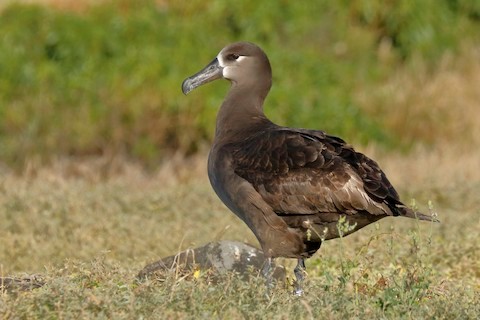
Black-footed Albatross visiting the Laysan Albatross colony at Ka’ena Point, Oahu. (April 6, 2019.) © Sharif Uddin
Nonbreeding. Subadults and nonbreeding adults remain at sea year-round, and disperse essentially throughout the North Pacific, south to around 20° N, and north into the Sea of Okhotsk and Bering Sea.
The majority of the population seems to gravitate to offshore waters of North America from British Columbia to Baja California, where it is present in numbers year-round.
A significant minority summers in Alaskan waters, including the Bering Sea, Aleutians, and Gulf of Alaska, mainly from July to October.
Another sizeable minority of the population is present year-round in Japanese waters, with a few regularly appearing west to Taiwan and likely also in the East China Sea.
Identification
A predominantly dark-brown albatross with a dark bill and black feet—usually the only bird of this description present in the North Pacific.
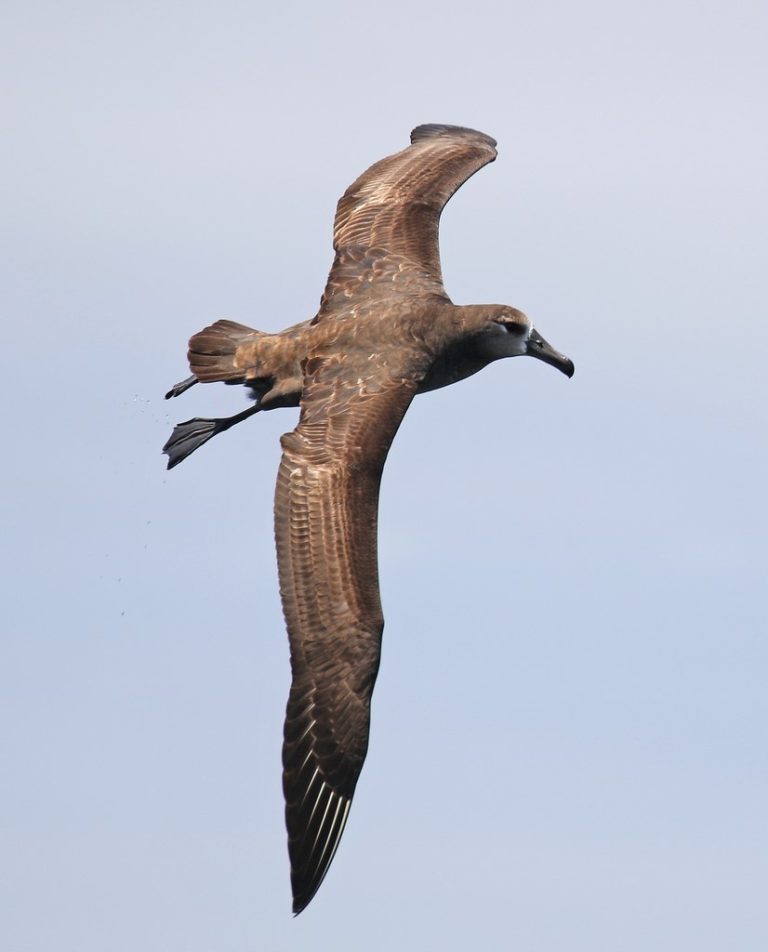
Black-footed Albatross, showing its black feet. (Monterey Bay, California; May 13, 2019.) © Robin Gwen Agarwal
Its plumage is characteristically brown overall, but the shades and patterns vary greatly with age, feather-wear, sun-bleaching, and viewing conditions.

Black-footed Albatross, apparently a subadult or young adult based on its mostly dark-brown plumage. (Offshore from Monterey, California; March 5, 2020.) © Robin Gwen Agarwal
Juveniles are blackish-brown overall with a whitish fringe around the base of the bill. On older immatures and adults, the fringe around the base of the bill whitens and widens. They also have a white spot or patch below and behind the eye.
Adults tend to develop pale plumage elsewhere, but the patterns vary. Many turn pale-brown, then eventually white, on the belly. The bill also lightens from blackish to brown and sometimes becomes very pale.

Black-footed Albatross with a largely whitish (probably “Stage 4”) rump. (Monterey Bay, California; April 14, 2019.) © Robin Gwen Agarwal
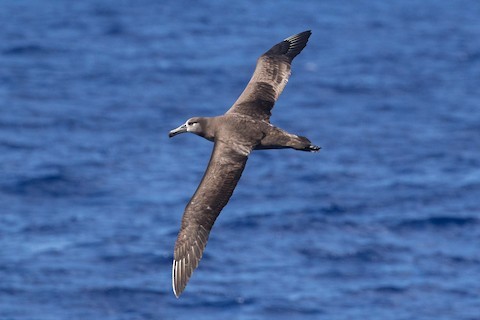
Black-footed Albatross with an all-dark (“Stage 1”) rump. (Southeast of Necker Island, Hawaii; April 2, 2020.) © Eric VanderWerf

Black-footed Albatross, an adult with an all-white (“Stage 5”) rump. (West of Ni’ihau, Hawaii; March 27, 2020.) © Eric VanderWerf
Most, if not all, adults progressively develop contrasting whitish or all-white undertail coverts and rump. There are five numbered “stages”—from all-dark to >95% white—which appear to correlate to maturity, although the correlation might be imprecise and skewed by sex (more white on males).
The shade of brown over most of the plumage can vary from blackish to pale-blond and even white—especially on the head. Such bleaching can happen with both immatures and adults.

Black-footed Albatross, typically dark-brown overall. (Offshore from Newport, Oregon; October 7, 2018.) © Tanner Martin

Black-footed Albatross, an exceptionally pale individual. (Bodega Canyon, California; August 31, 2013.) © Caroline Lambert
The uppersides of the wings are entirely brown, except that the primaries have bright white shafts.
The undersides of the wings are dark overall, but often to show paler or whitish flashes on the primaries and to a lesser extent on the secondaries and one or more rows of coverts.

Black-footed Albatross, juvenile—all-dark except for a narrow whitish fringe around the base of the bill. (Midway Atoll National Wildlife Refuge, Hawaii; June 23, 2008.) © Robert Webster

Black-footed Albatross, showing pale-brown bill and general plumage coloration—also note white undertail, indicating a mature adult. (Offshore from San Mateo County, California; August 24, 2019.) © Kent Forward
Notes
Monotypic species.
IUCN Red List Status: Near Threatened.
See below for comparisons of Black-footed Albatross with Short-tailed, Sooty, and Light-mantled Albatrosses.
Cf. Immature Short-tailed Albatross. Black-footed is usually the only all-dark albatross present in most parts of the North Pacific, except for immatures of the rare but increasing Short-tailed Albatross. The difference is usually obvious, as Short-tailed is significantly larger and typically shows a bright, bubblegum-pink bill, whereas Black-footed’s bill is generally either black or some shade of brown.
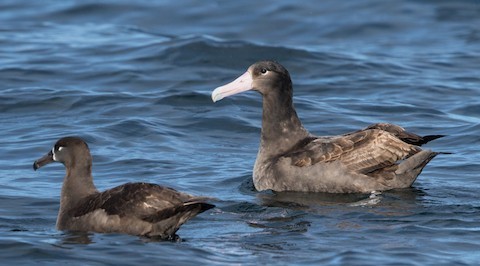
Black-footed and immature Short-tailed (at right) Albatross. (Offshore from Tofino, British Columbia; March 24, 2018.) © Ilya Povalyaev
In some cases, however, Short-tailed’s bill can be dull-pink and Black-footed’s bill tends to lighten with age, so the difference may not always be as conspicuous as field guide illustrations suggest.

Black-footed and immature Short-tailed (foreground) Albatross. (Offshore from Torishima, Izu Islands, Japan; April 12, 2019.) © Hiroyuki & Shoko Tanoi
Cf. Sooty and Light-mantled Albatrosses. Black-footed does not normally overlap with Sooty or Light-mantled Albatrosses so its potential for confusion with these species is limited to exceptional instances of long-distance vagrancy. All are predominantly dark including their bills and feet.
There are two fundamental differences: body shape and face coloration. Black-footed has a short tail and the bulk of its body is evenly distributed. In contrast, both Sooty and Light-mantled have long, pointed or wedge-shaped tails and a bull-necked, barrel-chested shape in flight.
Black-footed’s face is pale around the base of the bill—much less so in juveniles, but still palest beside the bill. In contrast, both Sooty and Light-mantled have all-dark faces which typically appear darkest near the bill.
Additional Photos of Black-footed Albatross
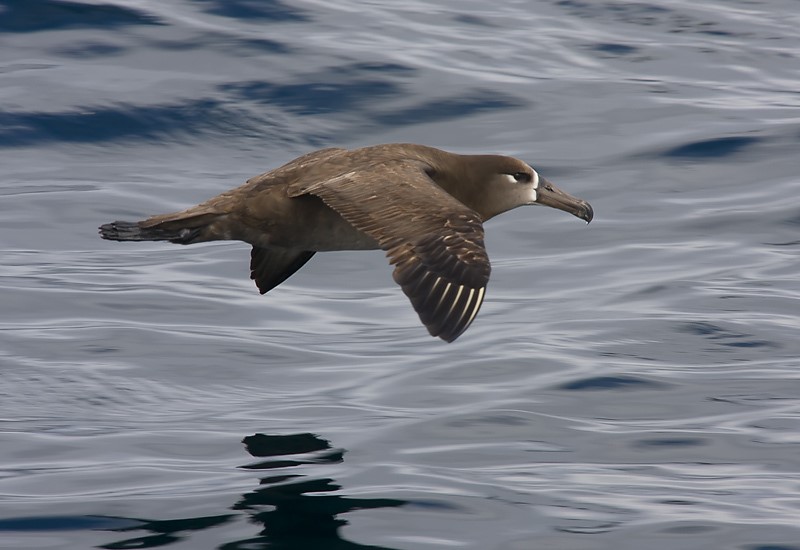
Black-footed Albatross. (Offshore from Coos Bay, Oregon; April 30, 2011.) © Jim Johnson
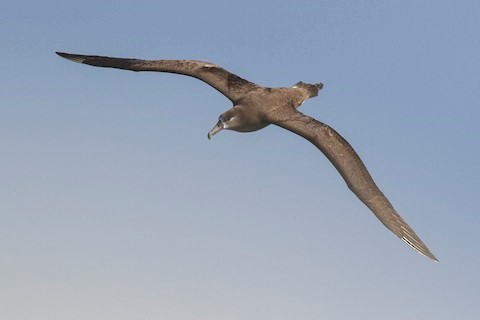
Black-footed Albatross. (Kaulakahi Channel, Hawaii; April 3, 2016.) © Jacob Drucker
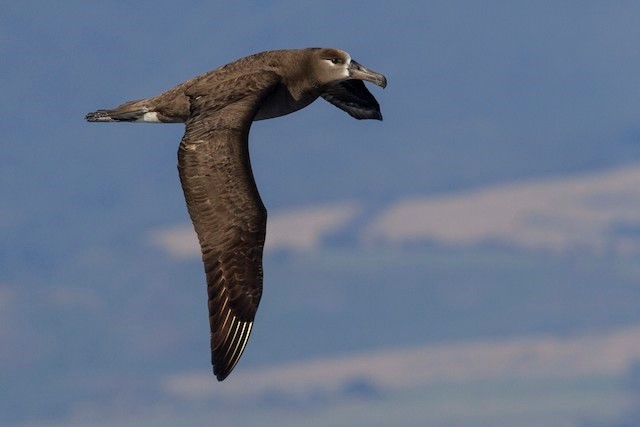
Black-footed Albatross. (Kaulakahi Channel, Hawaii; April 3, 2016.) © Jacob Drucker

Black-footed Albatross. (Southeast of Necker Island, Hawaii; April 2, 2020.) © Eric VanderWerf

Black-footed Albatross. (Offshore from Nihoa, Northwest Chain, Hawaii; March 28, 2020.) © Eric VanderWerf

Black-footed Albatross. (Offshore from Tofino, British Columbia; September 3, 2017.) © Melissa Hafting

Black-footed Albatross. (Offshore from Baranof Island, Alaska; September 4, 2016.) © Paul Norwood

Black-footed Albatross. (Offshore from Westport, Washington; August 17, 2019.) © Jonathan Eckerson

Black-footed Albatross. (Ogasawara Islands, Japan; May 28, 2017.) © Lars Petersson

Black-footed Albatross. (Offshore from Bodega Bay, California; August 25, 2019.) © Darren Clark

Black-footed Albatross. (Offshore from Monterey, California; September 15, 2018.) © Christian Schwartz

Black-footed Albatross. (Offshore from Monterey, California; May 22, 2018.) © chezasaurus

Black-footed Albatross, an adult with an all-white (“Stage 5”) rump and undertail coverts. (Offshore from San Mateo County, California; August 24, 2019.) © Brian Sullivan
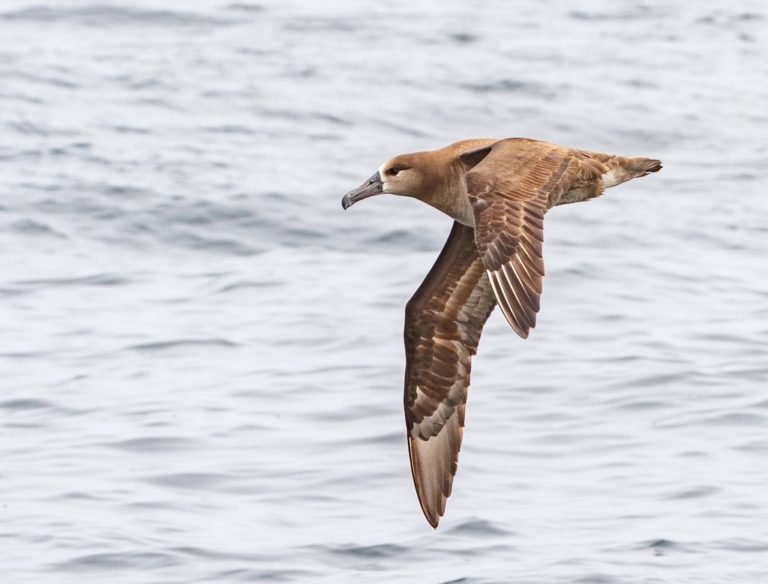
Black-footed Albatross. (Offshore from Monterey, California; May 22, 2018.) © chezasaurus

Black-footed Albatross. (Offshore from Coos Bay, Oregon; April 30, 2011.) © Jim Johnson

Black-footed Albatross. (Monterey Bay, California; August 23, 2019.) © Darren Clark

Black-footed Albatross. (Offshore from Tofino, British Columbia; October 21, 2018.) © Blair Dudeck

Black-footed Albatross. (Offshore from Newport, Oregon; September 15, 2018.) © Robert Lockett
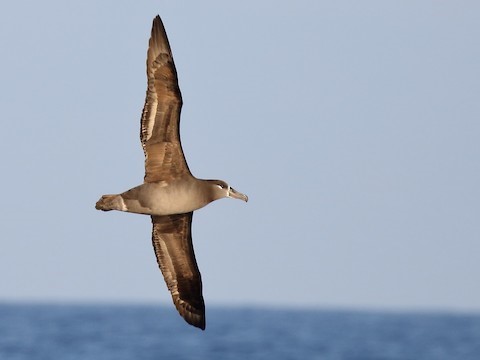
Black-footed Albatross. (Offshore from Kukio, Big Island, Hawaii; January 17, 2017.) © Sharif Uddin
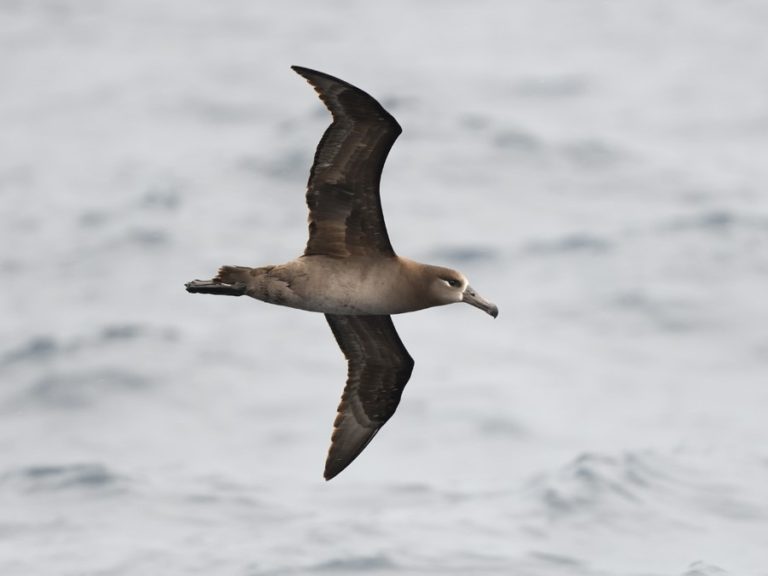
Black-footed Albatross. (Offshore from Torishima, Izu Islands, Japan; April 12, 2019.) © Hiroyuki & Shoko Tanoi

Black-footed Albatross. (Offshore northeast of Keelung, Taiwan; May 4, 2021.) © Jimmy Yao
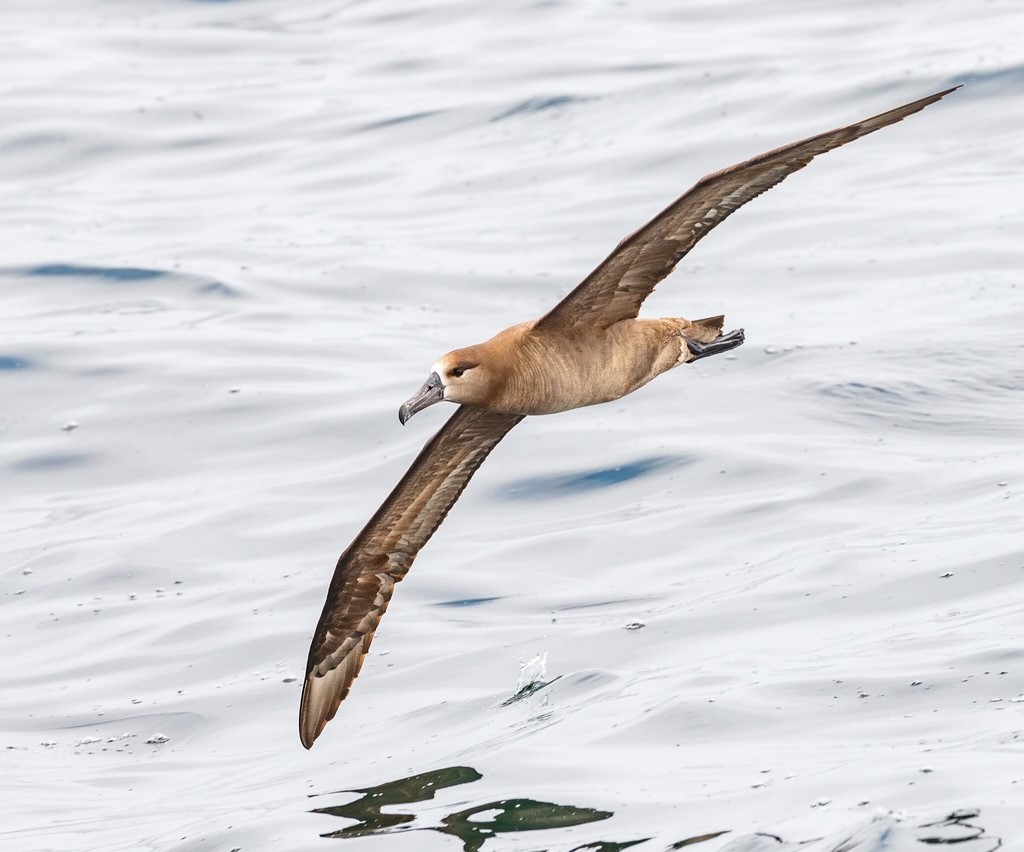
Black-footed Albatross. (Offshore from Monterey, California; May 22, 2018.) © chezasaurus
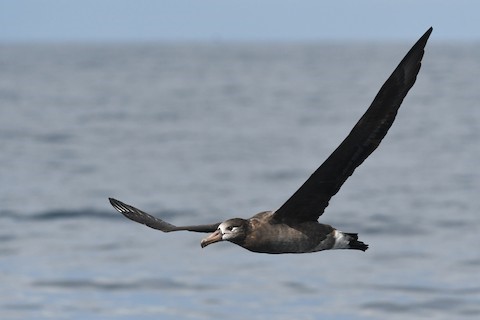
Black-footed Albatross. (Offshore from Tofino, British Columbia; September 7, 2019.) © David M. Bell

Black-footed Albatross. (Offshore from San Miguel Island, California; April 30, 2011.) © Alexander Viduetsky
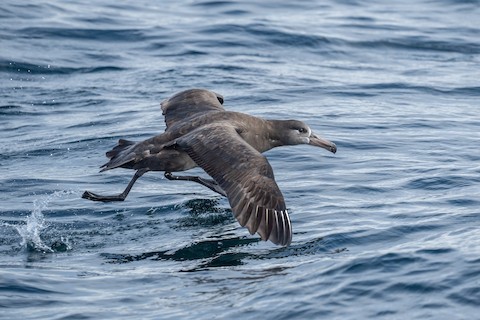
Black-footed Albatross. (Offshore from Westport, Washington; October 5, 2019.) © Patrick VanThull

Black-footed Albatross. (Farallon Islands, California; July 18, 2020.) © Dario
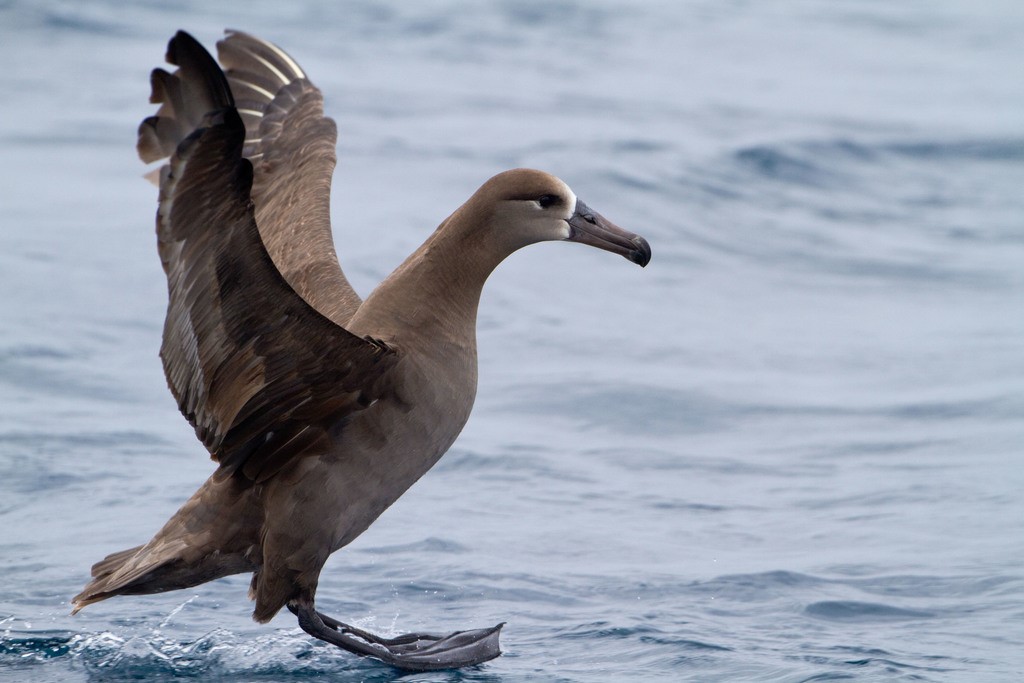
Black-footed Albatross. (Offshore from San Diego, California; May 14, 2011.) © BJ Stacey

Black-footed Albatross. (Offshore from Westport, Washington; July 24, 2019.) © Shea Tiller
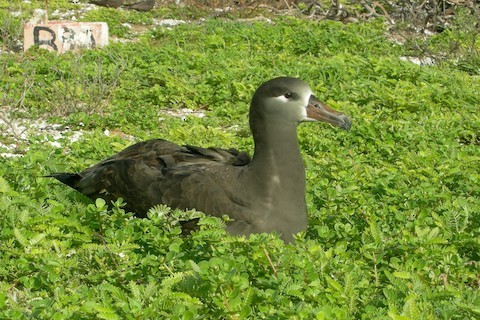
Black-footed Albatross at nesting colony. (French Frigate Shoals, Hawaii; October 30, 2006.) © Cory Gregory
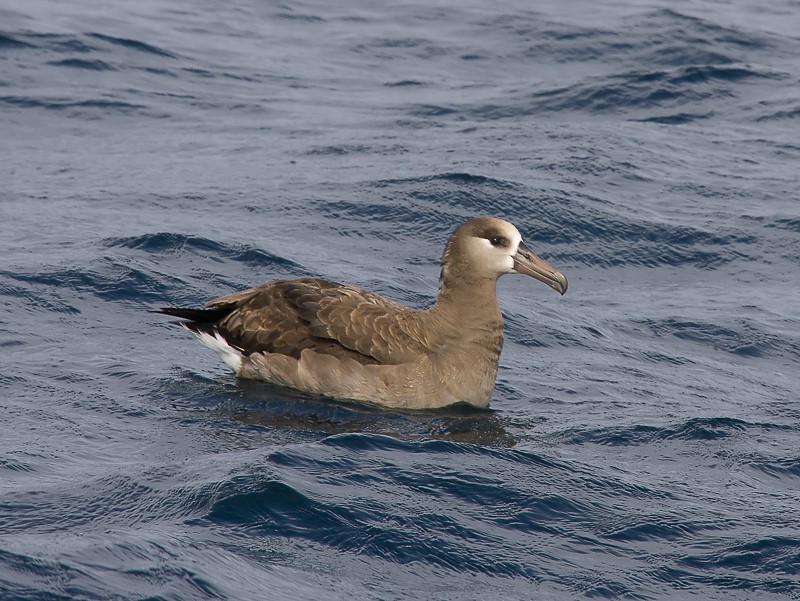
Black-footed Albatross. (Offshore from Coos Bay, Oregon; April 30, 2011.) © Jim Johnson
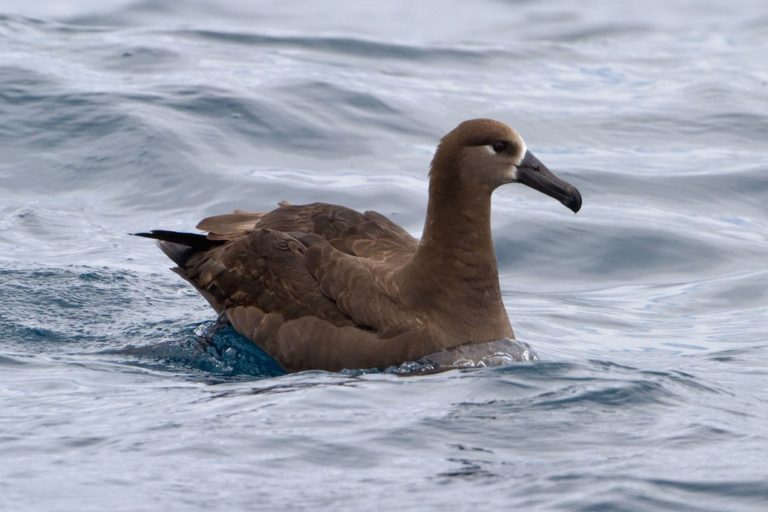
Black-footed Albatross. (Offshore from San Diego, California; May 14, 2011.) © BJ Stacey

Black-footed Albatross. (Monterey Bay, California; April 25, 2018.) © Robin Gwen Agarwal

Black-footed Albatross. (Monterey Bay, California; May 19, 2013.) © David Weber

Black-footed Albatross. (Offshore from San Mateo County, California; August 16, 2014.) © Patrick Palines
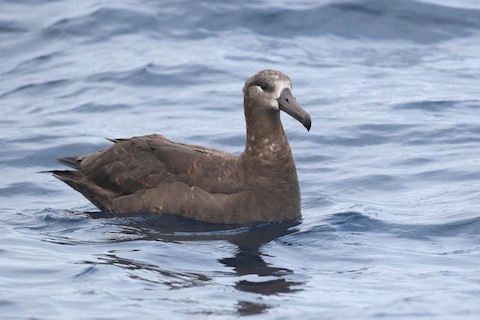
Black-footed Albatross. (Offshore from Newport, Oregon; September 14, 2019.) © Alex Lamoreaux
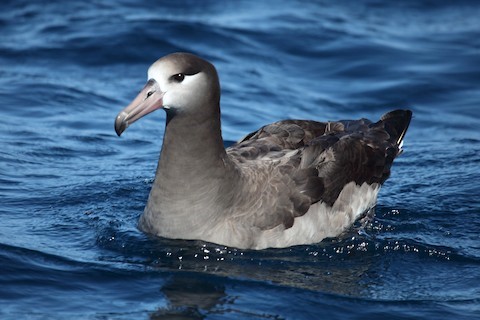
Black-footed Albatross. (Offshore from Westport, Washington; April 23, 2018.) © Jim Bachman
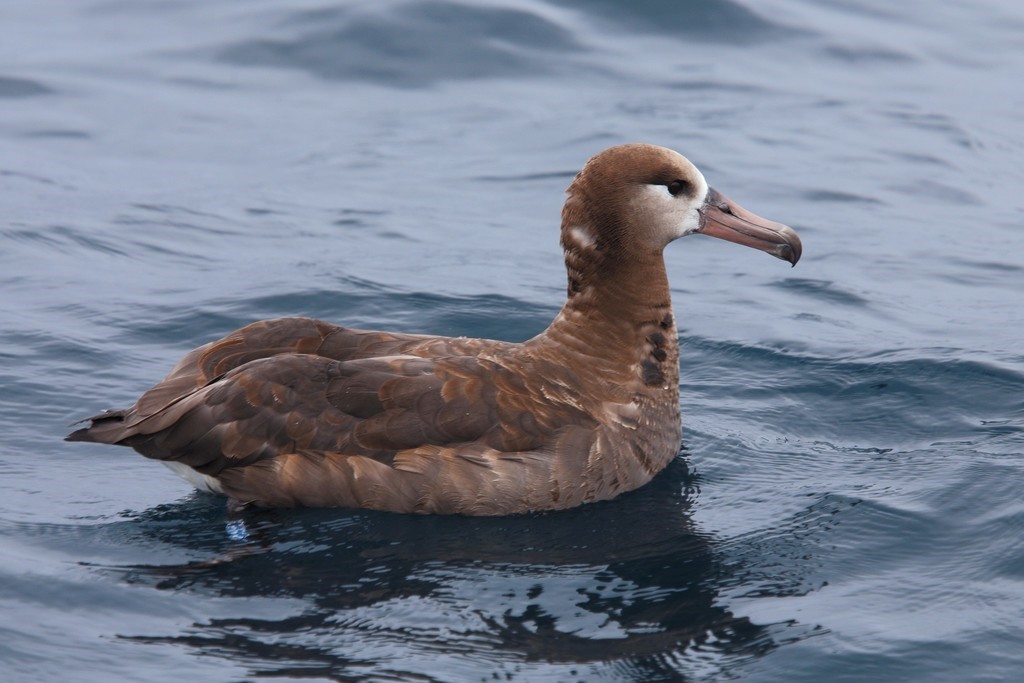
Black-footed Albatross. (Offshore from Astoria, Oregon; June 28, 2014.) © Doug Clarke

Black-footed Albatross. (Bodega Canyon, California; August 31, 2013.) © Caroline Lambert

Black-footed Albatross. (Offshore from Monterey, California; August 7, 2015.) © Michael Hawk

Black-footed Albatross. (Offshore from Half Moon Bay, California; September 7, 2020.) © Keith Gress

Black-footed Albatross. (Offshore from San Mateo County, California; September 14, 2019.) © Robin Gwen Agarwal
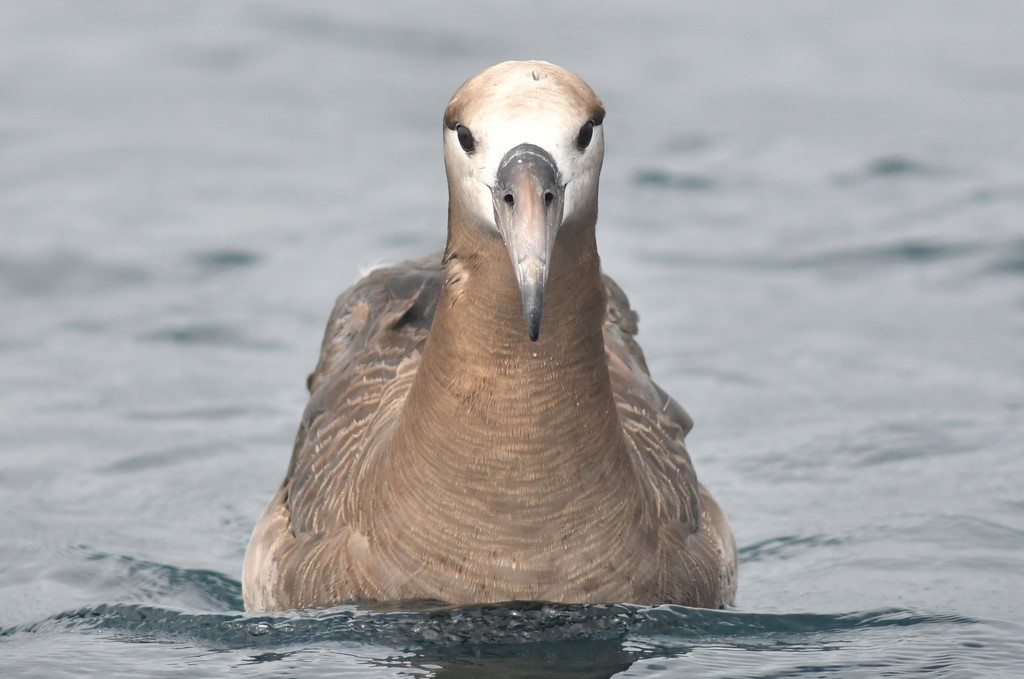
Black-footed Albatross. (Offshore from Monterey, California; August 31, 2018.) © Christian Schwartz
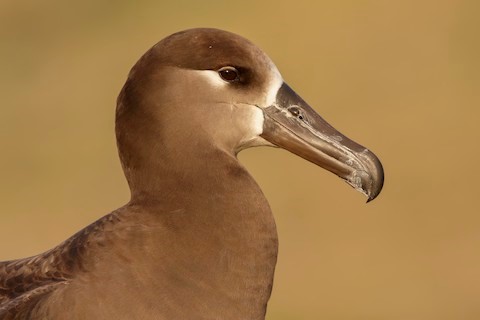
Black-footed Albatross. (Ka’ena Point, Oahu, Hawaii; April 6, 2019.) © Sharif Uddin
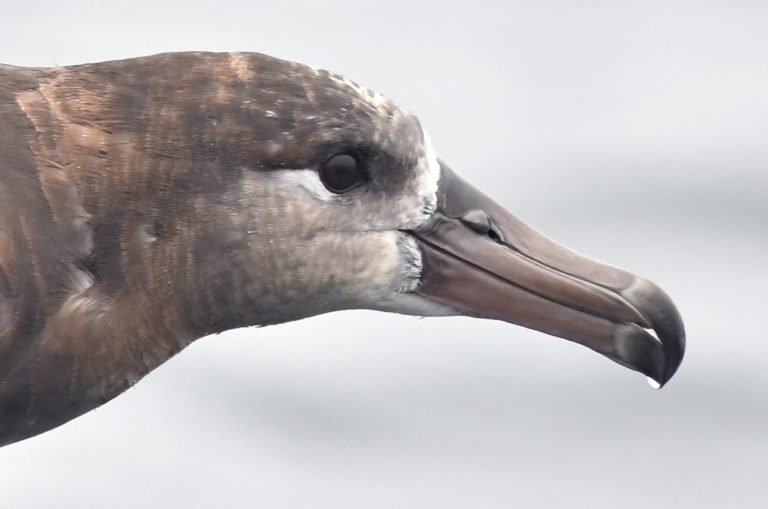
Black-footed Albatross. (Offshore from Monterey, California; August 24, 2018.) © Christian Schwartz

Black-footed Albatross. (Sand Island, Midway Atoll National Wildlife Refuge, Hawaii; February 15, 2017.) © Eric VanderWerf

Black-footed Albatross, adult with nestling. (Laysan Island, Hawaii; January 21, 2012.) © Robby Kohley
References
Alderfer, J., and J.L. Dunn. 2014. National Geographic Complete Birds of North America (Second Edition). National Geographic Society, Washington, D.C.
BirdLife International. 2020. Phoebastria nigripes. The IUCN Red List of Threatened Species 2020: e.T22698350A181896323. https://dx.doi.org/10.2305/IUCN.UK.2020-3.RLTS.T22698350A181896323.en. (Accessed December 13, 2020.)
Brazil, M. 2009. Birds of East Asia. Princeton University Press.
Brooke, M. 2004. Albatrosses and Petrels across the World. Oxford University Press.
eBird. 2020. eBird: An online database of bird distribution and abundance. Cornell Lab of Ornithology, Ithaca, N.Y. http://www.ebird.org. (Accessed December 13, 2020.)
Harrison, P. 1983. Seabirds: An Identification Guide. Houghton Mifflin, Boston.
Howell, S.N.G. 2012. Petrels, Albatrosses & Storm-Petrels of North America. Princeton University Press.
Howell, S.N.G., and S. Webb. 1995. A Guide to the Birds of Mexico and Northern Central America. Oxford University Press.
Howell, S.N.G., and K. Zufelt. 2019. Oceanic Birds of the World. Princeton University Press.
Onley, D., and P. Scofield. 2007. Albatrosses, Petrels & Shearwaters of the World. Princeton University Press.
Pratt, H.D., P.L. Bruner, and D.G. Berrett. 1987. A Field Guide to the Birds of Hawaii and the Tropical Pacific. Princeton University Press.
Pyle, R.L., and P. Pyle. 2017. The Birds of the Hawaiian Islands: Occurrence, History, Distribution, and Status. Version 2 (January 1, 2017). http://hbs.bishopmuseum.org/birds/rlp-monograph/. B.P. Bishop Museum, Honolulu, Hawaii.
Raine, H., and A.F. Raine. 2020. ABA Field Guide to the Birds of Hawai’i. Scott & Nix, Inc., New York.
Seabirding of Japan. 2020. Black-footed Albatross. http://seabirding-japan.com/black-footed-albatross/. (Accessed December 13, 2020.)
Xeno-Canto. 2020. Black-footed Albatross – Phoebastria nigripes. https://www.xeno-canto.org/species/Phoebastria-nigripes. (Accessed December 13, 2020.)
